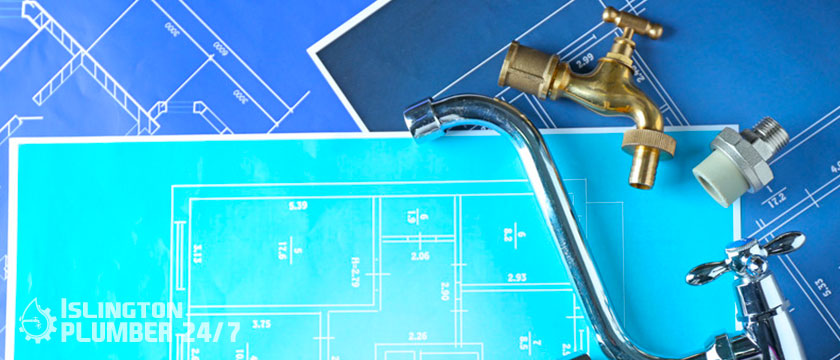
19 Jan. 22
Why Does Your Toilet Sweat?
The perspiring toilet. This is a damp, drippy, and all-too-common problem for Chicagoland homeowners, and if left unchecked, it can escalate and cause major damage to bathroom floors.
So, what exactly is causing your toilet to sweat, and what can you do to stop it before it causes mold, mildew, and water damage?
The good news is that the sweaty moisture on the outside of your toilet isn’t the result of a leak or a plumbing backup – so don’t freak out! Instead, sweat is simply condensation, which is usually caused by a temperature difference. Condensation will form if the temperature of the water inside your toilet tank differs significantly from the temperature of your room. This is why, like us, most toilets sweat in the spring and summer; the cold water in your toilet tank causes the tank’s surface to cool. Condensation – or “sweat” – forms when this cold surface comes into contact with the warm, humid air in your bathroom.
When there is too much condensation, small drips and drops can begin to move down your toilet and splash onto the floor below. So, while a drip here and there may not be enough to cause concern, a “drip here and there” over time can really add up if left untreated.
Mold and rotting can both occur as a result of prolonged wetness, necessitating the replacement of either the flooring base around the toilet or the entire bathroom floor.
How to Get Rid of It
So, what can you do to combat that noxious, watery “sweat”?
An anti-sweat valve, which runs the cold water line to your toilet and can also be connected to your hot water, is your best bet for preventing condensation from forming. The valve can then add warm water to the colder water in your tank, bringing the water temperature up to room temperature.
If hiring a plumber to install this hardware does not appear to be an option, there are a few do-it-yourself options you can consider:
Cover the tank: Wrap a towel or other absorbent material around the outside of the tank to catch dripping moisture.
Insulate the tank: These are available in stores and are made of protective materials such as foam, adhering to the inside of your tank and preventing it from becoming too cold.
Use a ventilation fan in your bathroom to help reduce the overall humidity and temperature of the room, reducing the likelihood of your toilet sweating.
Reduce the temperature of your shower/bath: This reduces the amount of heat and humidity in the room.
Purchase a water-saving toilet: If you have less water in your tank, condensation will be less likely to form.
Purchase a toilet equipped with a temperature-increasing (tempering) tank: The water will be pre-heated in a second tank before entering the larger tank.
Do you require professional assistance? Do you have any other plumbing mysteries that need to be solved? Don’t hesitate to send us an email or give us a call, and our emergency plumber Islington experts will be there in no time!


